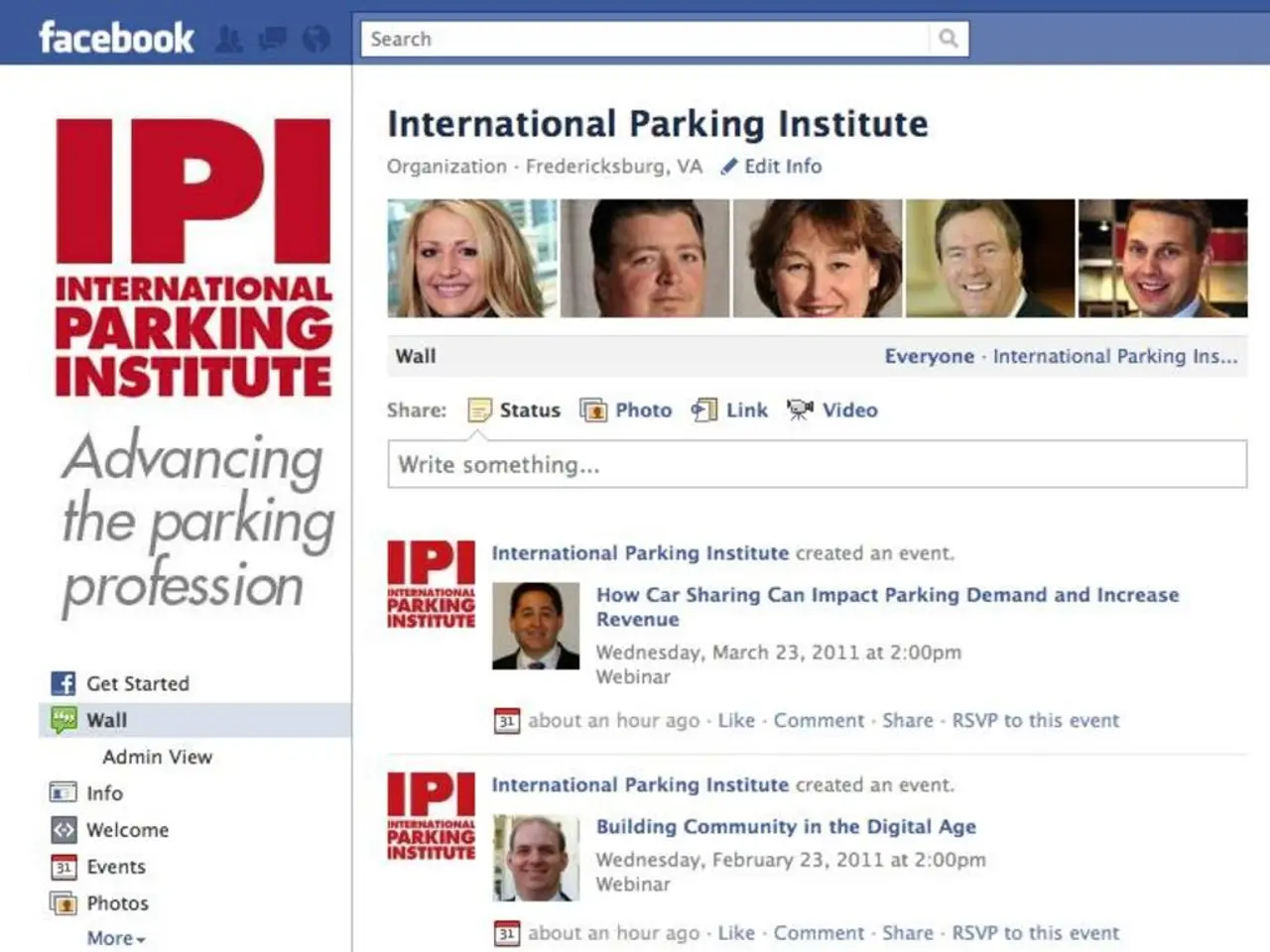Central Bank Resists Trump's Pressure Regarding Lowering Interest Rates - In spite of Trump's requests, the US Federal Reserve remains unwilling to reduce interest rates.
Fed Holds Steady on Rates Amid Political Pressure
The US Federal Reserve has kept the key interest rate unchanged, bucking President Trump's relentless demands for a rate cut. The rate remains within a range of 4.25 to 4.5 percent. This decision by the Federal Reserve comes despite Trump's consistent push for lower borrowing costs, which he believes would further stimulate the economy.
Analysts anticipated this move, as the Fed has already made two rate cuts in 2024, but none this year. The key interest rate plays a significant role in the Fed's pursuit of controlling inflation and maintaining a healthy job market. The rate impacts the rate at which commercial banks borrow from the central bank, and subsequently affects consumer and business fees. Lower interest rates could lead to cheaper loans, encouraging spending and investments.
Trump's persistent calls for lower interest rates contradict the Fed's independence, as political influence isn't supposed to have a direct impact on interest rate decisions. However, this hasn't stopped the president from making demands and even attacking Fed Chairman Jerome Powell, recently calling him a "fool."
The Fed's reluctance to lower rates can be attributed to several reasons. Despite the inflation rate being close to the target of 2 percent and the labor market remaining robust, the central bank is cautious due to ongoing uncertainties. Trump's imposed or threatened tariffs on various goods could impact import prices and economic growth. Additionally, geopolitical tensions, such as the potential escalation between Iran and Israel, could provoke oil price increases that may negatively affect the US economy.
The Fed has revised its economic growth predictions for this year, expecting a growth of only 1.4 percent. In its earlier forecast in March, the growth was anticipated to be 1.7 percent. The central bank also expects a higher inflation rate of 3.0 percent, up from its earlier forecast of 2.7 percent in March.
- Interest Rate
- Federal Reserve
- Donald Trump
- Central Bank
- Federal Reserve System
- US President
- United States
- Inflation
- ECB
- Jerome Powell
- Political Pressure
- Tariffs
- Geopolitical Tensions
- Inflation Risk
Enrichment Data:The Federal Reserve is focused on its dual mandate of achieving price stability and full employment, while carefully monitoring economic data and risks amid ongoing uncertainties. Economic data and the evolving outlook play a crucial role in the Fed's decision-making. The Fed aims to "wait for more clarity on the outlook for inflation and economic activity" before making further rate adjustments. If inflation were to creep up and the labor market remained strong, lowering rates prematurely could stoke inflation pressures or overheat the economy. The Fed's cautious stance stems from economic uncertainties caused by President Trump's tariff policies and geopolitical tensions, which complicate the economic outlook and warrant a wait-and-see approach. The Fed prioritizes its economic goals and a data-driven approach over political pressure, maintaining a steady interest rate to navigate economic developments.
- The Federal Reserve's cautious stance on interest rates, in the face of political pressure from President Trump, is part of its strategy to avoid overheating the economy and stoking inflation pressures.
- This approach aligns with the Federal Reserve's focus on its dual mandate of maintaining price stability and full employment, and emphasizes a data-driven decision-making process over political influence.







